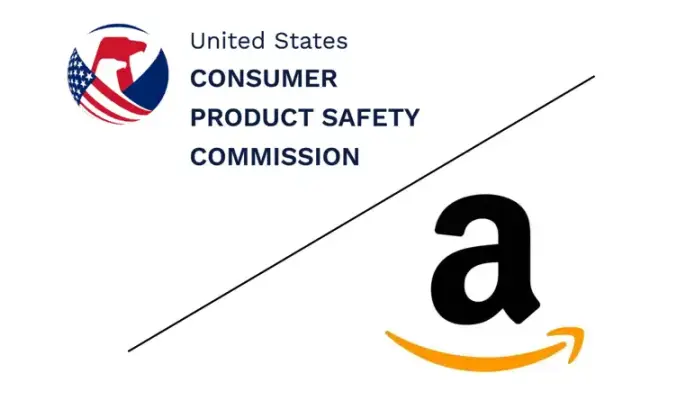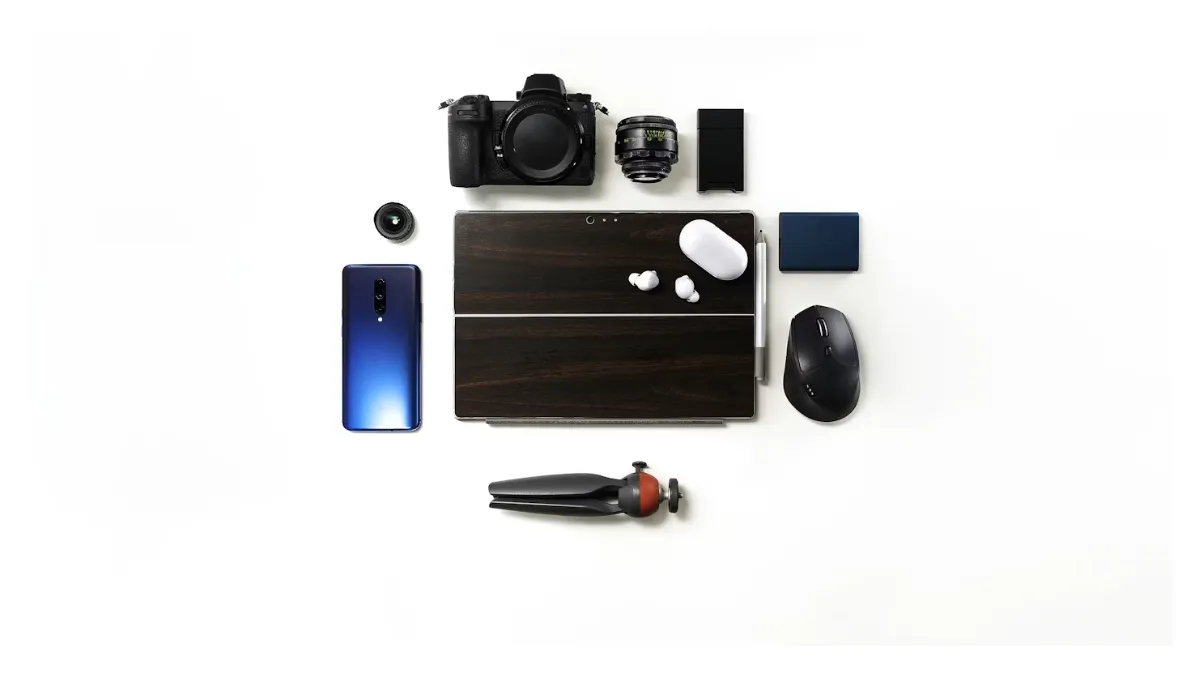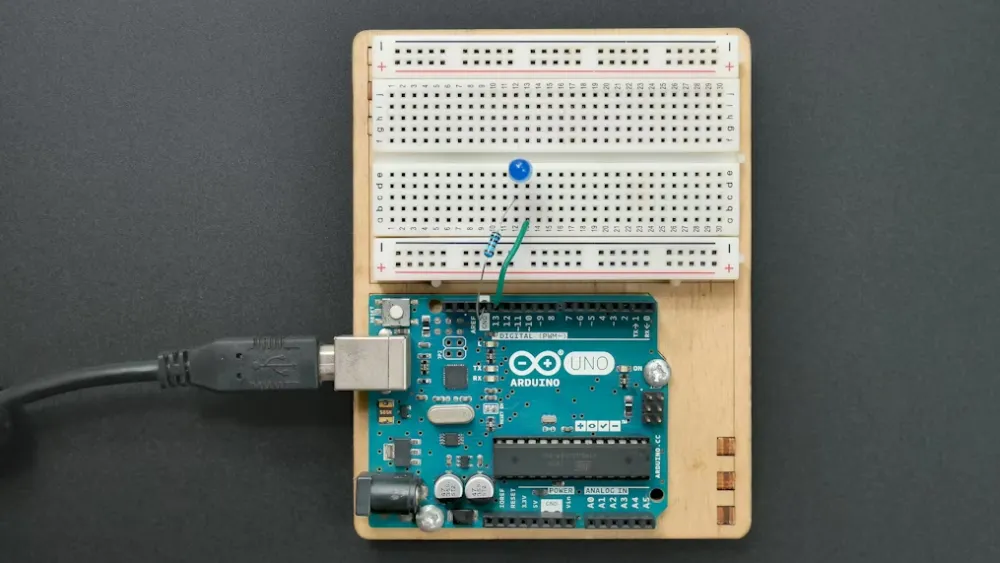
Block Certification Standards and Testing Items
Blocks, as one of the most common children’s toys, are subject to strict safety regULations worldwide. Manufacturers, distributors, and consumers all need to understand the relevant regulations and standards.
Certification Regulations and Standard Systems
Chinese Standards (GB National Standards)
- GB 6675.1-2014 "Toy Safety – Part 1: Basic Code"
Defines basic safety requirements for toys.
- GB 6675.2-2014 "Toy Safety – Part 2: Mechanical and Physical Properties"
Core standard for block testing, specifying requirements for small parts, sharp edges, sharp points, and structural stability.
- GB 6675.3-2014 "Toy Safety – Part 3: Flammability"
Regulates flammability requirements of toy materials (blocks are usually non-flammable, but packaging materials must be considered).
- GB 6675.4-2014 "Toy Safety – Part 4: Migration of Certain Elements"
Sets limits for the migration of hazardous heavy metals (antimony, arsenic, barium, cadmium, chromium, lead, mercury, selenium) in accessible toy parts. This is the core of chemical safety.
- GB 26387-2011 "Limits of Harmful Substances in Coatings for Toys"
Applies if blocks have surface coatings or paint, with requirements for formaldehyde, heavy metals, etc.
- GB/T 5296.5-2020 "Instructions for Use of Consumer Products – Part 5: Toys"
Specifies requirements for product labeling, age grading, and safety warnings.
European Standards (EN Standards)
- Toy Safety Directive 2009/48/EC (TSD)
The legal framework for toy safety in the EU.
- EN 71-1:2014+A1:2018 "Toy Safety – Part 1: Mechanical and Physical Properties"
Equivalent to ISO 8124-1, the main standard for physical safety.
- EN 71-2:2011+A1:2014 "Toy Safety – Part 2: Flammability"
- en 71-3:2019 "Toy Safety – Part 3: Migration of Certain Elements"
Regulates heavy metal migration, with limits similar to but slightly different from GB standards.
- reach regulation (EC) No 1907/2006
Especially Annex XVII requirements for substances of very high concern (SVHC), such as phthalates (plasticizers).
After compliance with the above, manufacturers must issue an EU Declaration of Conformity (DoC)and affix the CE mark to the product.
United States Standards (ASTM Standards)
- Consumer Product Safety Improvement Act (cpsia)
The legal framework in the U.S.
- astm f963-17 "Standard Consumer Safety Specification for Toy Safety"
Mandatory standard covering mechanical/physical properties, flammability, and heavy metal migration.
- Testing Requirements
Must be tested by a CPSC-accredited third-party laboratory, with issuance of a Children’s Product Certificate (CPC).
International Standards (ISO Standards)
- ISO 8124-1:2018 "Toy Safety – Part 1: Mechanical and Physical Properties"
Harmonized with EN 71-1 and ASTM F963 on most requirements, widely recognized worldwide.
02 Main Testing Items
01 Physical and Mechanical Performance Tests (Most Important)
- Small Parts Test
Using a “small parts cylinder” simulating a child’s throat: no detached part or entire block (for under 3 years) may fit entirely inside, preventing choking hazards.
- Abuse Tests
Include torque (twisting), tension (pulling), drop, and compression (stepping) tests. No small parts, sharp edges, or sharp points should result.
- Sharp Edge and Sharp Point Test
Specialized instruments evaluate risk of skin cuts from blocks or broken fragments.
- Size Test
Ensures components (e.g., cylindrical connectors) have sufficient diameter/depth to prevent choking.
- Shape and Structure
Assessed for risks such as finger entrapment.
02 Chemical Performance Tests
- Migratable Elements Test
Measures the migration of 8 heavy metals (Sb, As, Ba, Cd, Cr, Pb, Hg, Se) in a simulated gastric environment.
- Phthalates Test
For plastic blocks, checks DEHP, DBP, BBP, DINP, DIDP, DNOP levels.
- Coating/Paint Hazardous Substances
Tests for lead content and migratable heavy metals in coatings.
- BPA (Bisphenol A) Test
Some regions (e.g., U.S.) restrict BPA levels in toy parts that may be mouthed by children.
03 Flammability Tests
Blocks are usually made of plastic or wood and are generally non-flammable, but standards still require that their burning rate not be too rapid.
Compliance Recommendations
- Define Target Market: Select applicable standards (GB, EN, ASTM) based on sales region.
- Strict Raw Material Control: Manage chemical risks at the source, requiring suppliers’ compliance reports (e.g., RoHS, REACH SVHC).
- Design Safety: Avoid small parts, sharp edges, and other hazards during design.
- Professional Testing: Send samples to accredited third-party labs (e.g., JJR Lab in China) for full compliance testing.
- Proper Labeling: Ensure packaging and product labels are clear, accurate, and regulation-compliant.
Email:hello@jjrlab.com
Write your message here and send it to us
 Infant Support Pillow 16 CFR 1243/1242 & ASTM
Infant Support Pillow 16 CFR 1243/1242 & ASTM
 BRM Registration Card Under CFR Part 1130 Regulati
BRM Registration Card Under CFR Part 1130 Regulati
 How to get a D-U-N-S® Number for US FDA Registrati
How to get a D-U-N-S® Number for US FDA Registrati
 Household Massage Devices Compliance in the China
Household Massage Devices Compliance in the China
 Compliance for the Global In Vitro Diagnostic (IVD
Compliance for the Global In Vitro Diagnostic (IVD
 Compliance Guide for Nebulizers in European and Am
Compliance Guide for Nebulizers in European and Am
 Cybersecurity Certification Service for EU RED Dir
Cybersecurity Certification Service for EU RED Dir
 ANATEL Certification Compliance Guide for Brazil M
ANATEL Certification Compliance Guide for Brazil M
Leave us a message
24-hour online customer service at any time to respond, so that you worry!




